LAMIH is an acronym for “Laboratoire d’Automatique, de Mécanique et d’Informatique Industrielles et Humaines”. It is a joint research unit of the Université Polytechnique Hauts de France (UPHF) and the Centre National de la Recherche Scientifique (CNRS).
One of the laboratory’s research themes is ‘man-machine cooperation’, particularly in the automotive driving sector. The aim is to develop advanced driver assistance systems for automated vehicles, so that control of the vehicle is continuously shared between the driver and the on-board ‘automatons’. These systems include real-time monitoring of the driver’s ‘state’, to ensure maximum safety conditions.
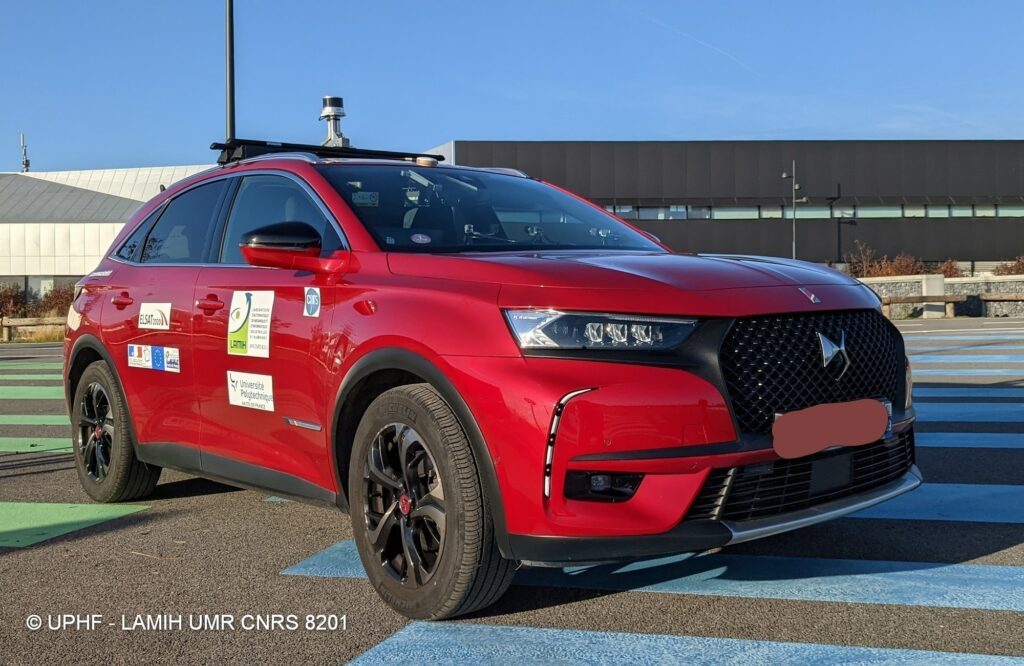
Some driving aids are already present in current vehicles, for example: adaptive cruise control, lane departure warning, traffic sign recognition, etc.
As with any development project, it is necessary to design prototypes, carry out tests and experiments before arriving at a final product. Since the 1990s, LAMIH has had a dynamic simulator called SHERPA, which is mainly used for these purposes.
However, tests in real-life situations are still essential to validate the work. And that’s where FH Electronics comes in, in partnership with LAMIH. Together they have developed a prototype “cooperating vehicle” based on a DS7 (Stellantis). This is programmed to replicate the simulations carried out with SHERPA, but this time in a real-life situation.
The vehicle was developed as part of the ELSAT2020 project. It has been co-financed by the European Union through the European Regional Development Fund, by the French government and by the Hauts-de-France Region.
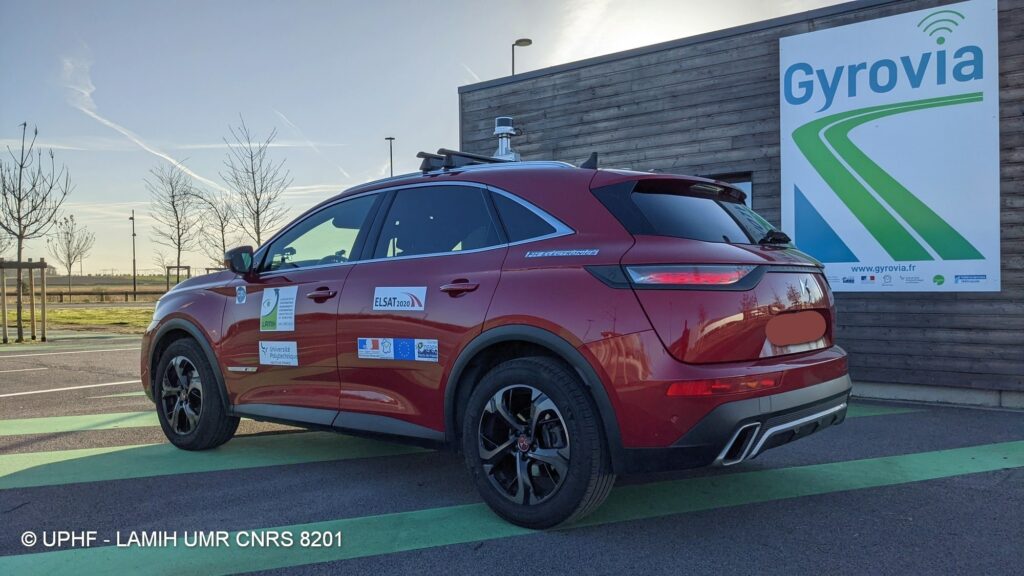
In this case, the Lidar is essential for carrying out the tests in ‘real life’. LAMIH is already equipped with a Velodyne Lidar on one of its vehicles and wanted to explore new avenues by comparing new Lidar solutions.
« Initially, for reasons of compatibility with this vehicle, we wanted to choose an identical Lidar for the DS7 project, in order to minimise development work. It turns out that the modules that will be used downstream of the Lidar are compatible with the XT-32. We therefore carried out tests with a loaner Lidar and the results proved to be comparable with the two models. We therefore chose the Hesai for budgetary reasons, as the two models are quite similar in terms of technical aspects », explains Jérôme FLORIS, Design Engineer in LAMIH’s Automation Department.
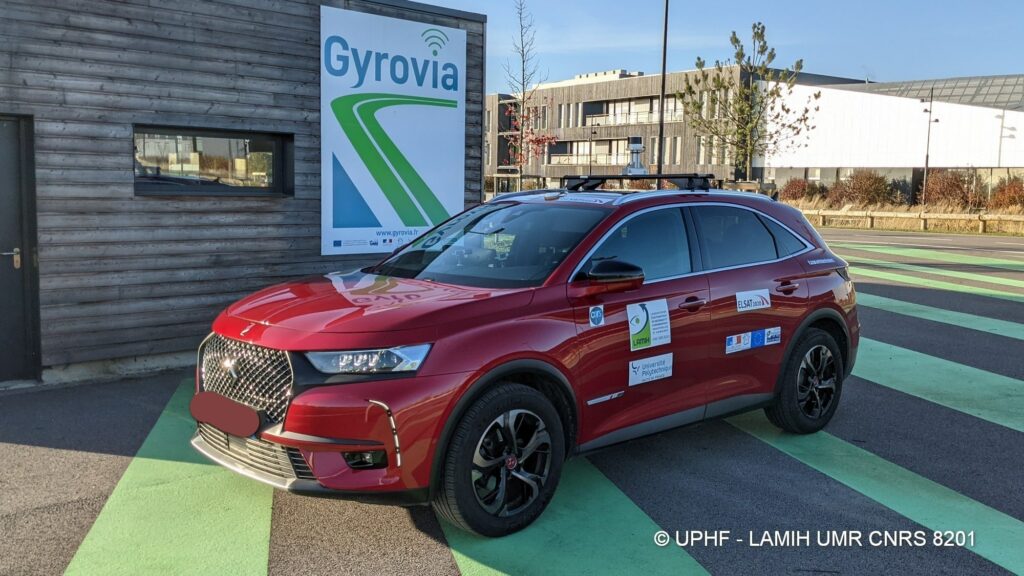
After extensive testing, the choice fell on the XT32 Lidar model from Hesai. Built into the roof of the DS7 (Stellantis), this TOF (Time Of Flight) technology Lidar model is robust, even outdoors, and suitable for dynamic measurements thanks to its 32 laser beams.
«The XT32 enables us to detect obstacles for our automated vehicle (our current use cases are limited to low speed). We also use it to geolocate ourselves on a predefined map, using SLAM techniques, in the event of loss of the GPS-RTK signal », points out Jérôme FLORIS.
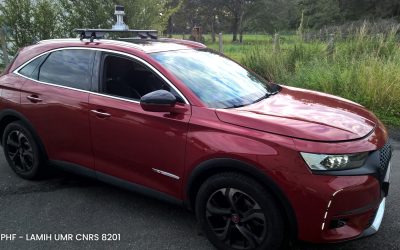
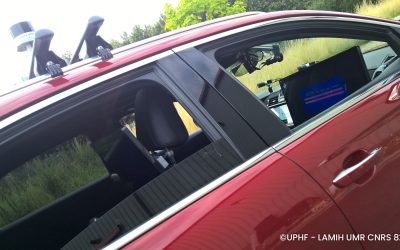
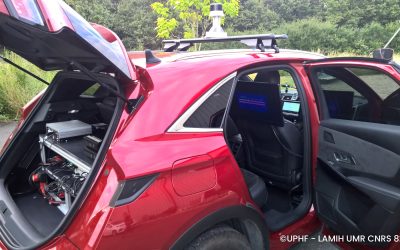
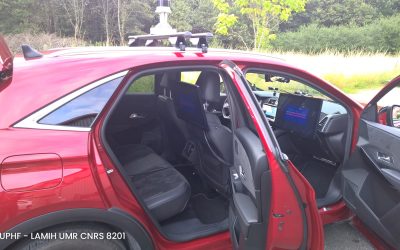
Case study done in collaboration with:

Did you like this article ?
Share it with your colleagues or friends
Read next

Tous droits réservés – 2024
Vos données sont collectées et traitées pour vous envoyer notre newsletter et améliorer l’expérience utilisateur du site web. Dans ce cadre, le responsable du traitement est CADDEN. Vous disposez d’un droit d’accès, de rectification, et de suppression de vos données, ainsi que d’un droit de limitation, de portabilité ou d’opposition. Pour exercer ces droits, vous pouvez nous contacter via le formulaire de contact. Pour plus d’informations sur la façon dont nous traitons vos données personnelles, vous pouvez consulter notre Politique de confidentialité.